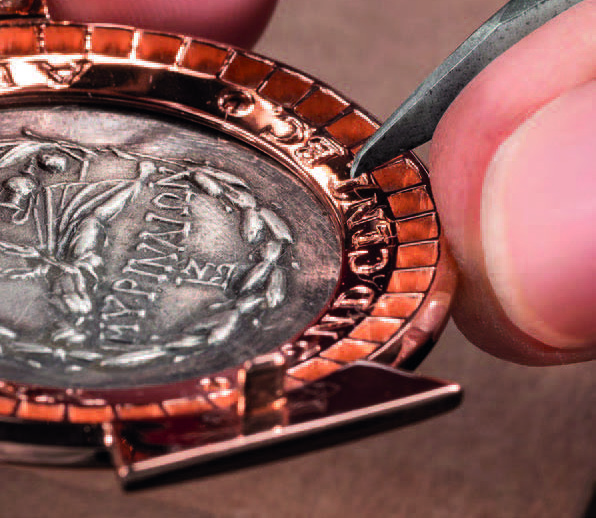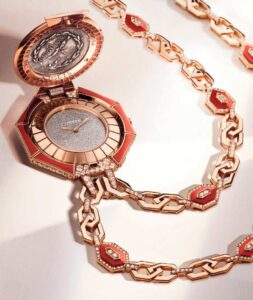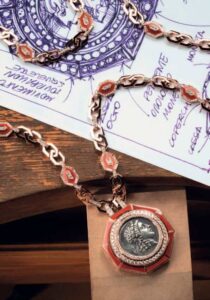In times of the iPhone, a wristwatch is already a statement, similar to a vinyl owner saying to the music-streaming masses: “I can afford to touch my music”.
But back in the 1960s, Nicola Bulgari, the great-grandson of Bulgari’s founder, wondered how he could make his luxury brands even more exclusive. His approach: “Why not create something modern in connection with something immortal?” Of course, the modern had to be a watch. But what is immortal?
Monete: ancient coins protect time
In response, Bulgari presented his new watch series “Monete” in 1966. The Italian name says it all: coins serve as lids that cover the clock face and the visible precision clockwork underneath. And to ensure that the lid can keep up with the interior of the Bulgari creations, the company selects extremely rare ancient coinages.
For over 50 years, Bulgari has cultivated this idea at a rhythm that does not detract from the exclusivity it strives for. One or two unique pieces are produced at irregular intervals of several years, as was last the case in June 2019 at the presentation of new products on the Italian island of Capri.
Emperor Constans ensures immortality
The two new watches in the Octo Roma Monete series are equipped with manual winding and a flying tourbillon, and are available in rose gold and platinum cases and a matching black alligator leather strap. In other words, they are clearly precious and elegant. But the “immortality” is only provided by the lids. Both cases feature a silver coin of Emperor Constans, which pops up at the touch of a button. On the exterior, the emperor can be seen in portrait.
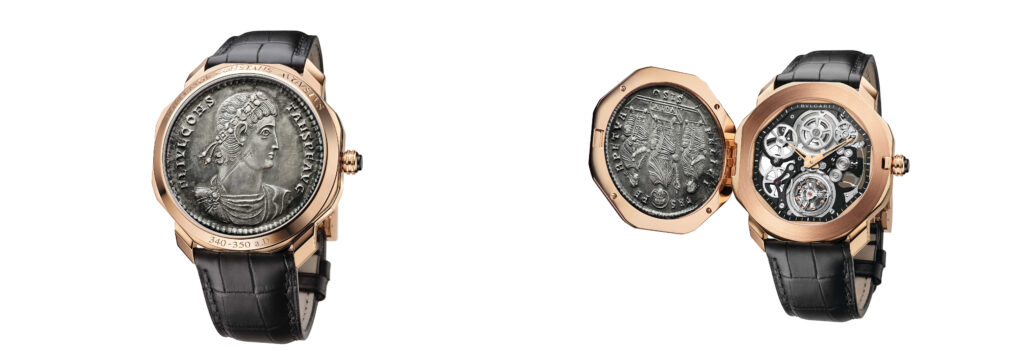
The lid of the rose gold version is made up of a 4-siliqua piece which on the inside depicts the three sons of Emperor Constantine on their thrones: Constans sitting prominently in the middle between his two older brothers Constantine II and Constantius II. The three have just divided the empire among themselves and still sit in complete harmony. Anyone who has the pleasure of opening this lid may remember that the harmony was not to last. After only a few years, a power struggle ensued in which Constans defeated Constantine II but was outlived by his third brother.
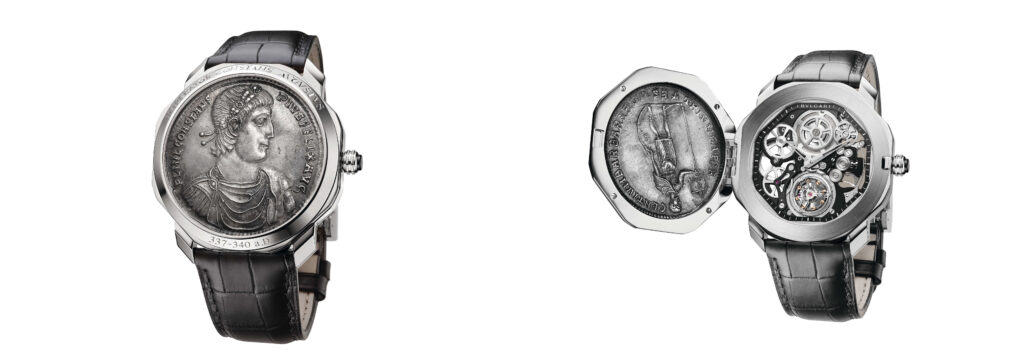
The miliarense of the platinum version, which was minted a few years later in the 340s, probably celebrated Constans’ battles against the Franks, whom he forcefully relocated.
Ladies wear Greek
Incidentally, Bulgari considered a Greek coin to be more suitable for ladies: a ladies’ watch on a string with embedded diamonds is closed with a lid featuring a tetradrachm from Myrina in Asia Minor (middle of the 2nd century BC). Apollo’s curly head decorates the outside, while the Apollo of Grynion is depicted in full body view on the inside.
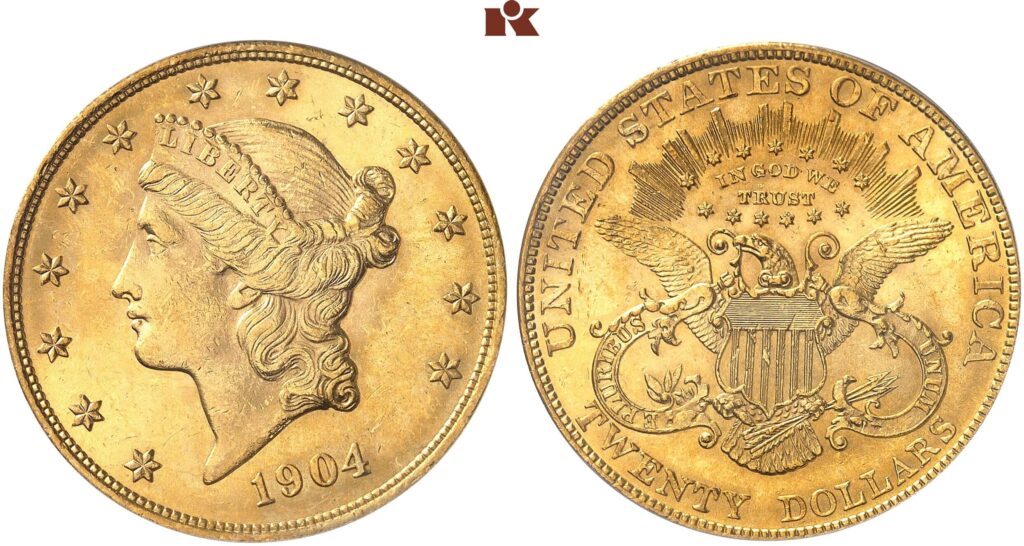
Other watch brands have also associated (albeit modern) coins with the creations of their watchmaking art. Especially well-known is Corum Watches, whose coin watches were worn by various US presidents such as Richard Nixon, Jimmy Carter, Ronald Reagan, and Bill Clinton. Corum’s current Heritage series also features several pieces with a US Double Eagle clock face.
What’s next?
Similar to the traditionally mysterious Apple product presentations, it will be interesting to see what types of coins Bulgari’s next Monete watches will feature. In the past, there have been Greek, Persian, and Roman coins. Who selects the pieces and buys them on the market is equally top secret.
No secret, however, is the retail price of these two specimens. Immortality on the wrist has a clearly quantifiable price: 530,000 (rose gold) or 550,000 CHF (platinum). For connoisseurs of modern coins, Corum watches are an interesting alternative (also in terms of pricing); they cost just over 20,000 CHF.
Exclusivity also has another price: unfortunately, you won’t find these watches on Bulgari’s website.
However, you can buy the Corum Coin Watches directly from the manufacturer’s shop.
Information on the coins used by Bulgari can be found in the interactive catalogue of the Berlin Münzkabinett. Both the miliarense and the 4-siliqua piece are listed there.
Claire Franklin wrote about the origins of the miliarense in her article “Gifts of the Emperors”.



